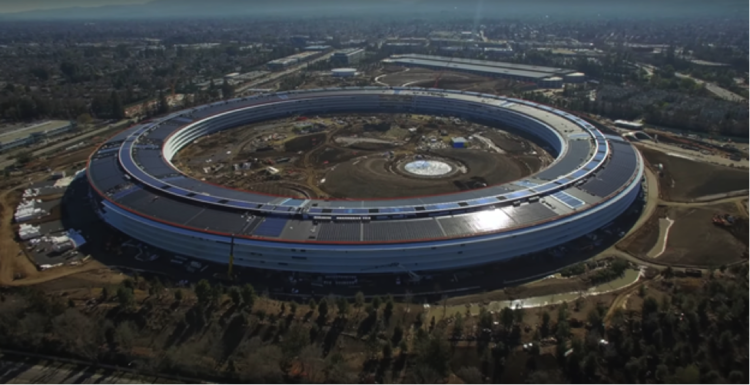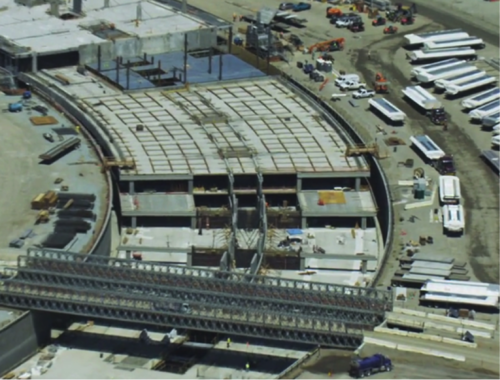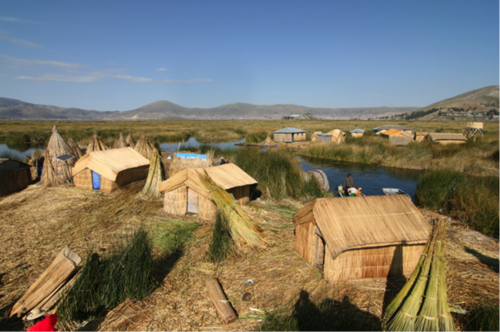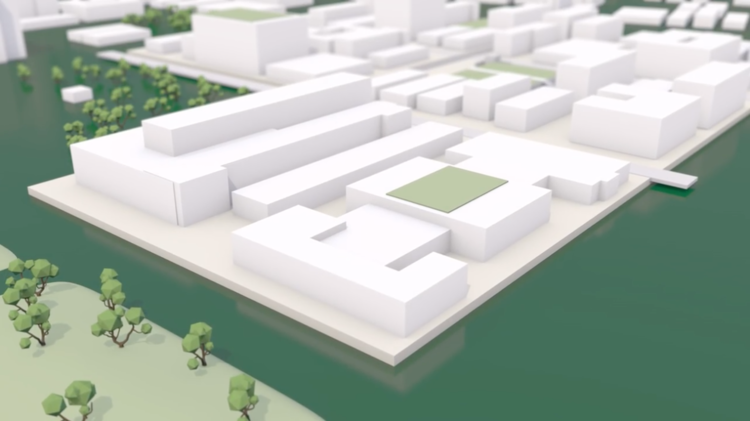by GREG HENDERSON, Founder and CEO, Arx Pax Labs | April 3, 2017
At BuiltWorlds, we invite experts and thought leaders to share their knowledge on topics related to innovation in the built environment. Information on each contributor can be found at the bottom of each article. Learn more about our contributor program here.
In the history of construction, continuing advances in materials and construction techniques have dramatically impacted the built world. Advances evolved from single buildings to cities, then cultures and eventually the world. Our past experiences with concrete and steel have changed not only the materials we use today but also the way we think about and measure our structures.
“The purpose of this code is to establish the minimum requirements to provide a reasonable level of safety, public health and general welfare through structural strength, means of egress facilities, stability, sanitation, adequate light and ventilation, energy conservation, and safety to life and property from fire and other hazards attributed to the built environment and to provide a reasonable level of safety to firefighters and emergency responders during emergency operations.”
Achieving these minimum requirements in “structural strength” has naturally tilted the solution toward concrete and steel. But we, the architecture, engineering and construction (AEC) industry, must now face the law of unintended consequences.
What does this mean?
The emphasis on structural strength has limited how we think about our original goal of providing safe shelter. We are biased in the notion that to build safely, we must fight Mother Nature, or at least resist natural forces long enough to allow for egress. Compared to human lives, our buildings are expendable.
For our built environment, this is a low bar. We accept that “Acts of God” are beyond our control and their effects largely beyond our responsibility. Yet, this fatalistic legacy is not a result of the physical limits of construction — only of our thinking.
Structural strength has reached a point of diminishing returns. It is time to take the next step, but to do so we must return to the original problem with a blank drawing board and new way of thinking.

How can we rethink structural strength?
One way people protect themselves from danger is simply to get out of the way. We avoid earthquake liquefaction and floods by building our homes in safe areas away from the threat. This means relegating large areas of land in urban flood zones to nonresidential low value uses which contributes to urban sprawl, long commutes, unaffordable housing, and the rise of blight.

But what if building safety was drastically improved in situ, or in the original natural place? This is a simple idea with very big implications. Imagine buildings, infrastructure, and whole communities that physically rise above the destructive forces of moving earth and water.
However, base isolation, though effective, is expensive and limited in efficacy to earthquakes of a certain magnitude. It’s not effective for floods and only protects from lateral movement. Areas close to faults are subject to vertical movement as well.
Ships and boats are also great examples of structures that are impervious to earthquakes and rising water. What if we combine the best of both to build floating platforms with buildings impervious to floods, earthquakes, and even small tsunamis? Pound for pound there is no more cost effective way to separate a structure from the earth than by floating it in water.
Of course, this idea is not new. The Uros, Korean, Dutch, Japanese and others have all built on water for different reasons. In fact, humans have been building floating structures on lakes, rivers and bays since before recorded history.

Improving an old idea
One of the projects we’ve been working on at Arx Pax takes a page from these past civilizations by creating or extending a body of water to provide a wet site to build floating structures, and even entire communities, that allows them to rise above destructive forces.

The structural benefits of floating platforms are just the beginning. Site conditions such as liquefaction, subsidence, differential settlement, and poor bearing pressure are irrelevant when floating. Properly designed and constructed, safe inland floating platforms will provide the next level of sustainability. After all, a LEED Platinum building that cannot survive a disaster isn’t sustainable.
The strength of concrete and steel will continue to provide new capabilities for the foreseeable future — but changing the way we think about building can also mean changing where, what and how much we can build.
Whether cost is aggregated in terms of implementation, environmental impact, land area required, or cost of failure, it’s time to reevaluate urban flood risk land and how thinking differently can help solve the current challenges of affordable housing, traffic, urban sprawl and resilient and sustainable communities.
About the author
Greg Henderson is a licensed architect and the CEO of Arx Pax Labs, a Silicon Valley technology company. He is the inventor of Magnetic Field Architecture (MFA), which powers Hover Engines, and the SAFE (Self Adjusting Floating Environment) Foundation System, a three-part foundation, which enables safer building for floods, earthquakes and threatening seas.



Discussion
Be the first to leave a comment.
You must be a member of the BuiltWorlds community to join the discussion.